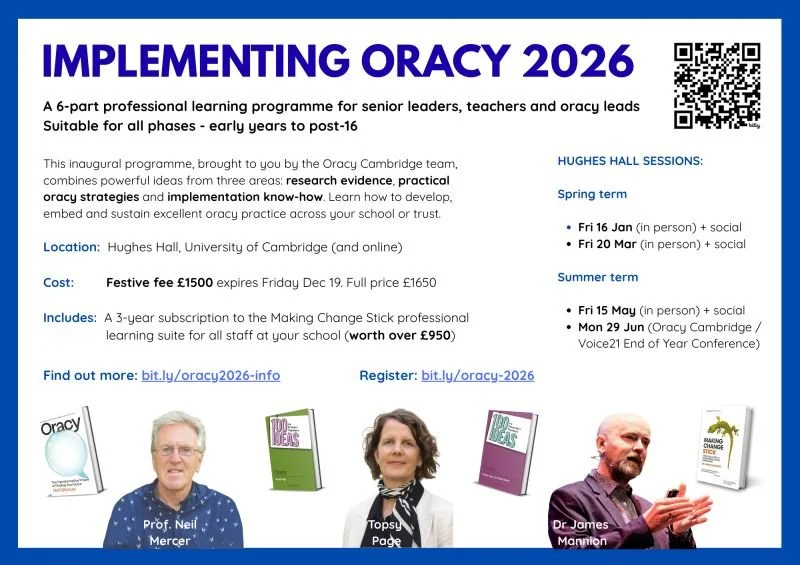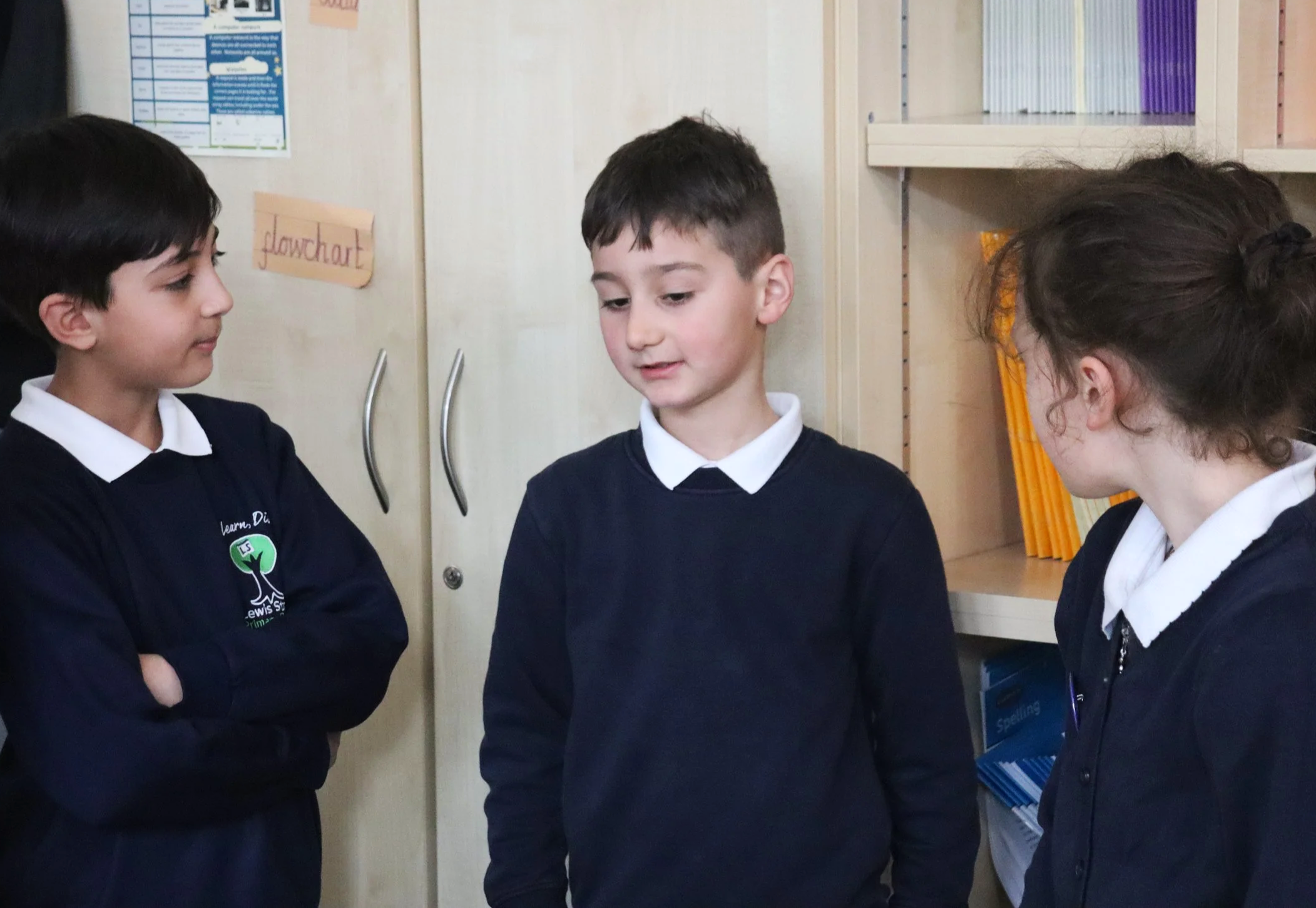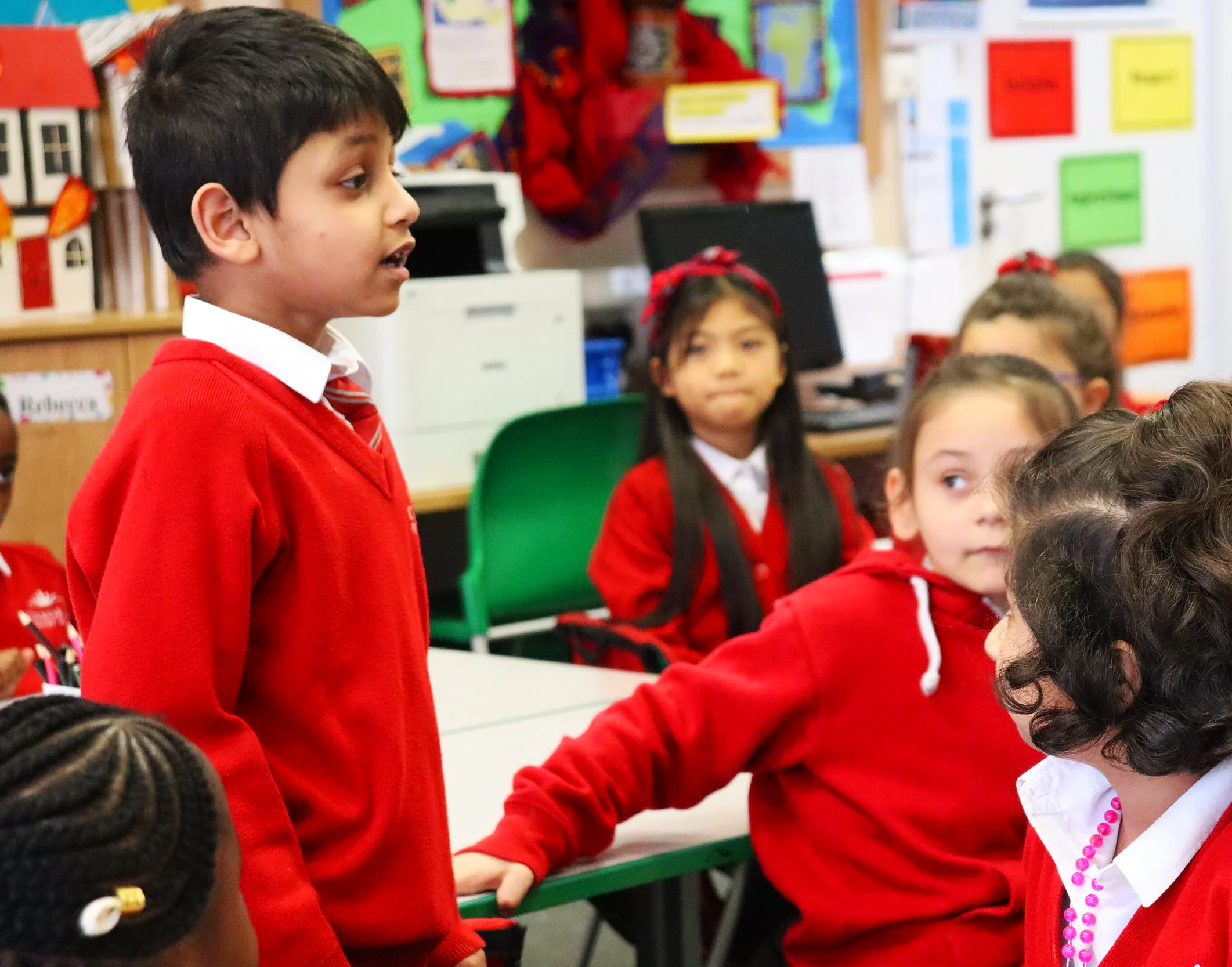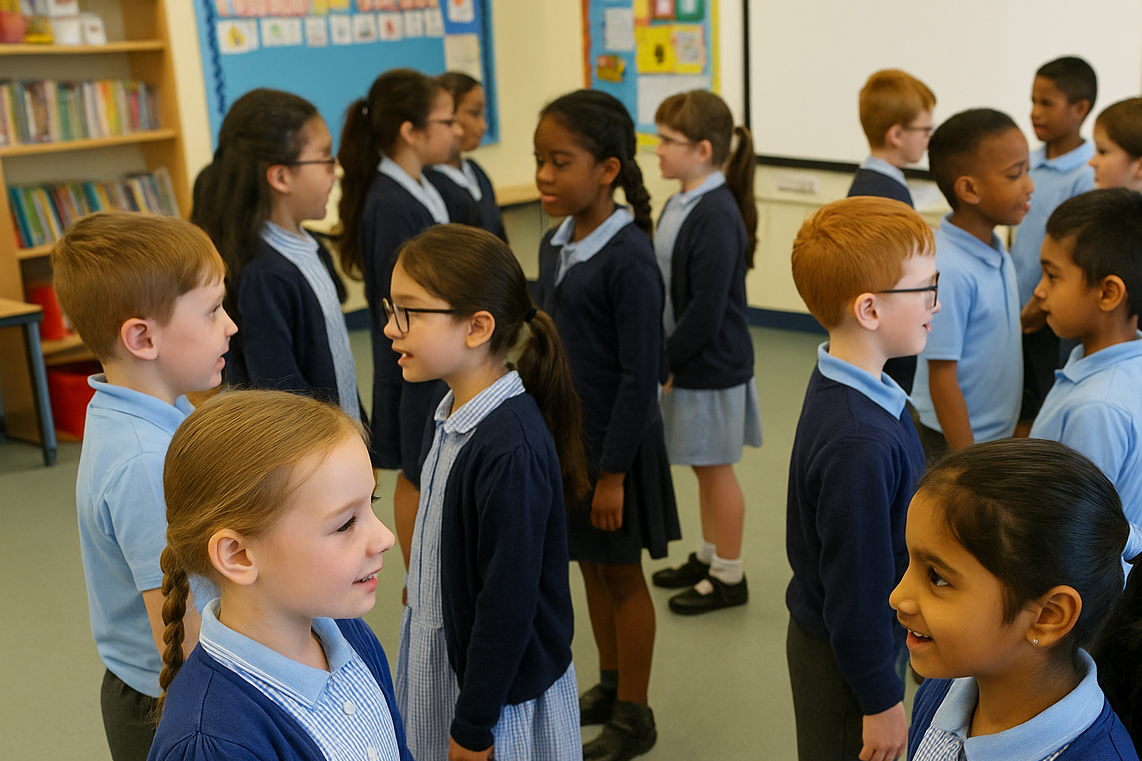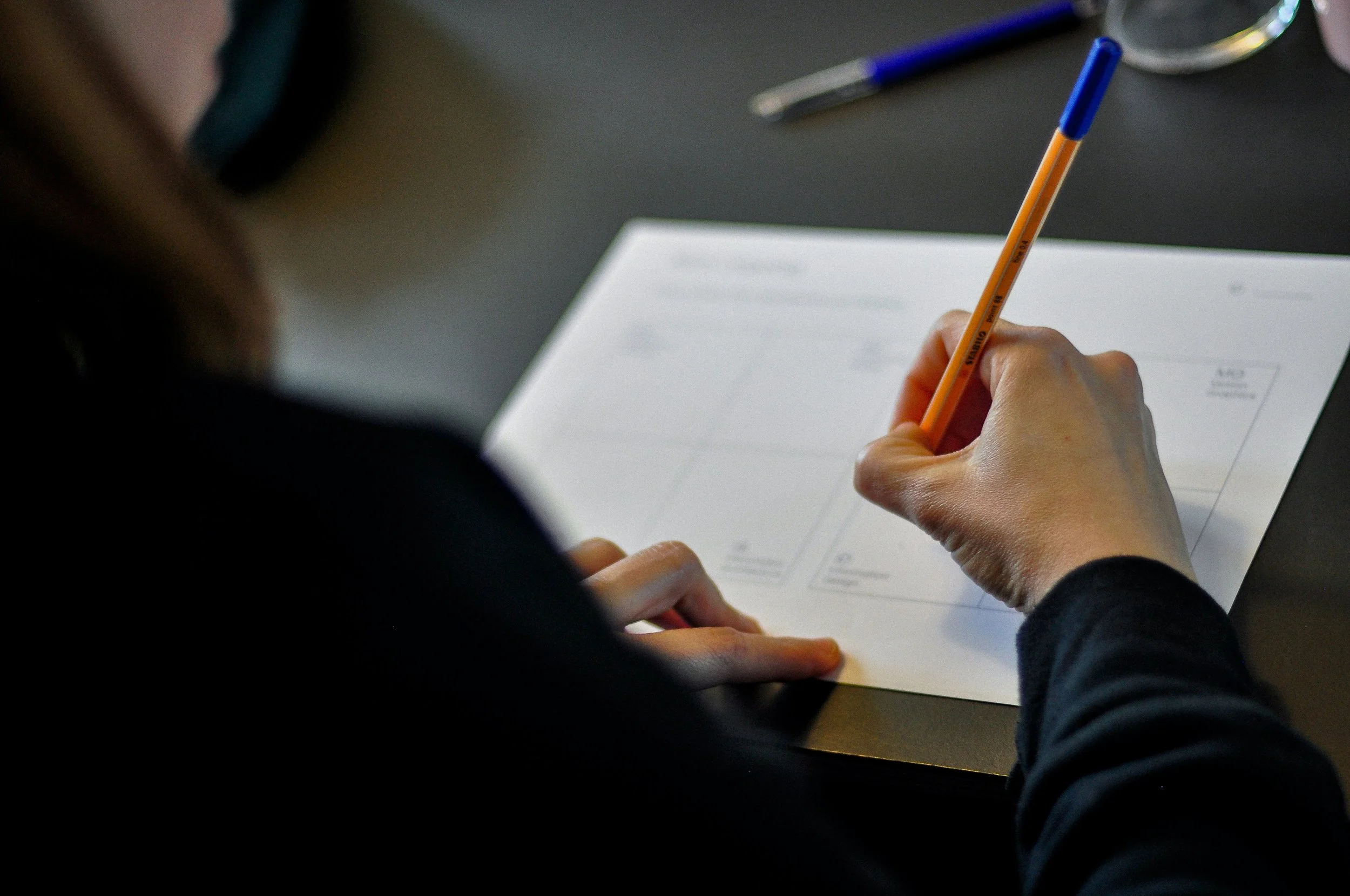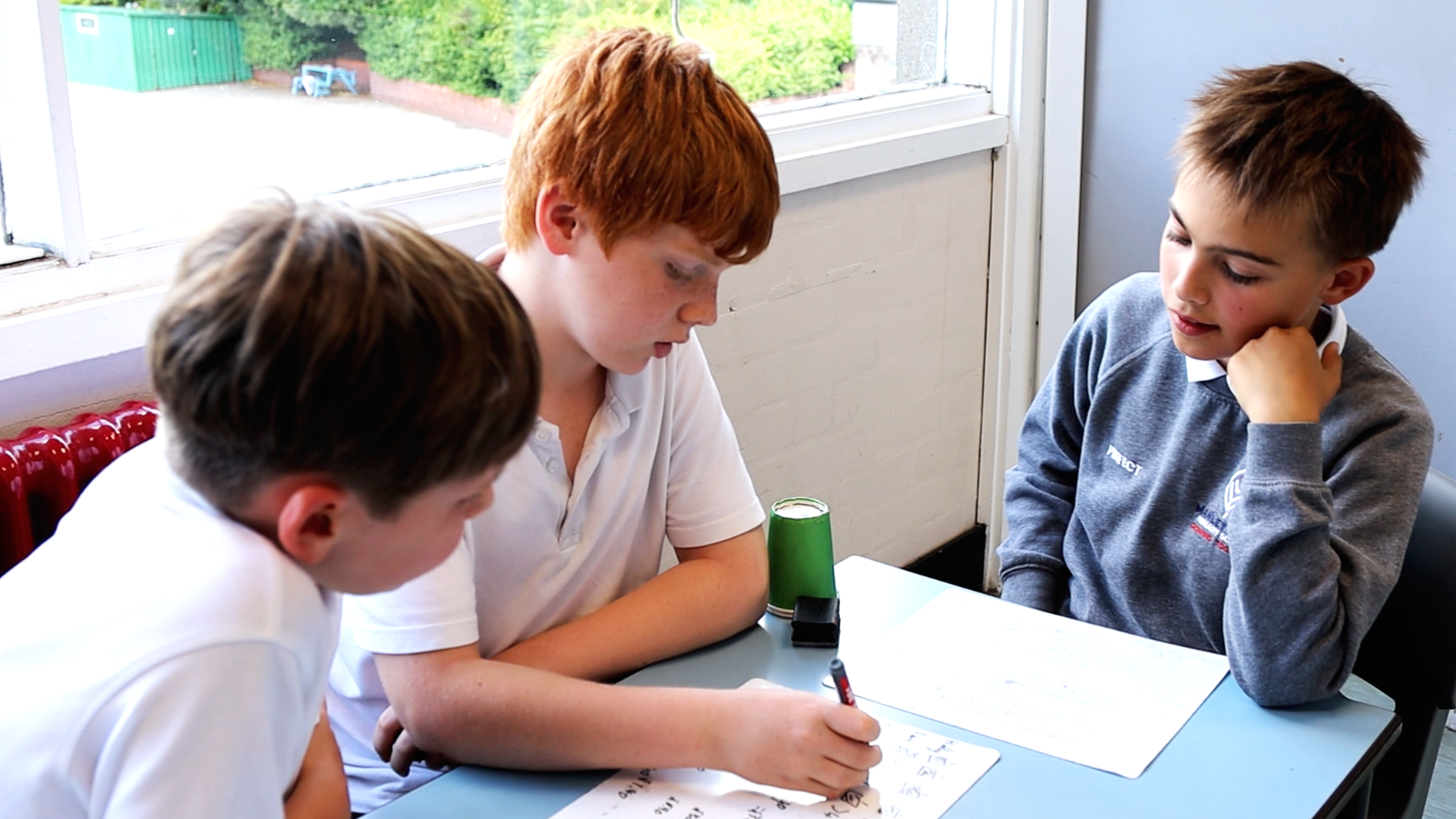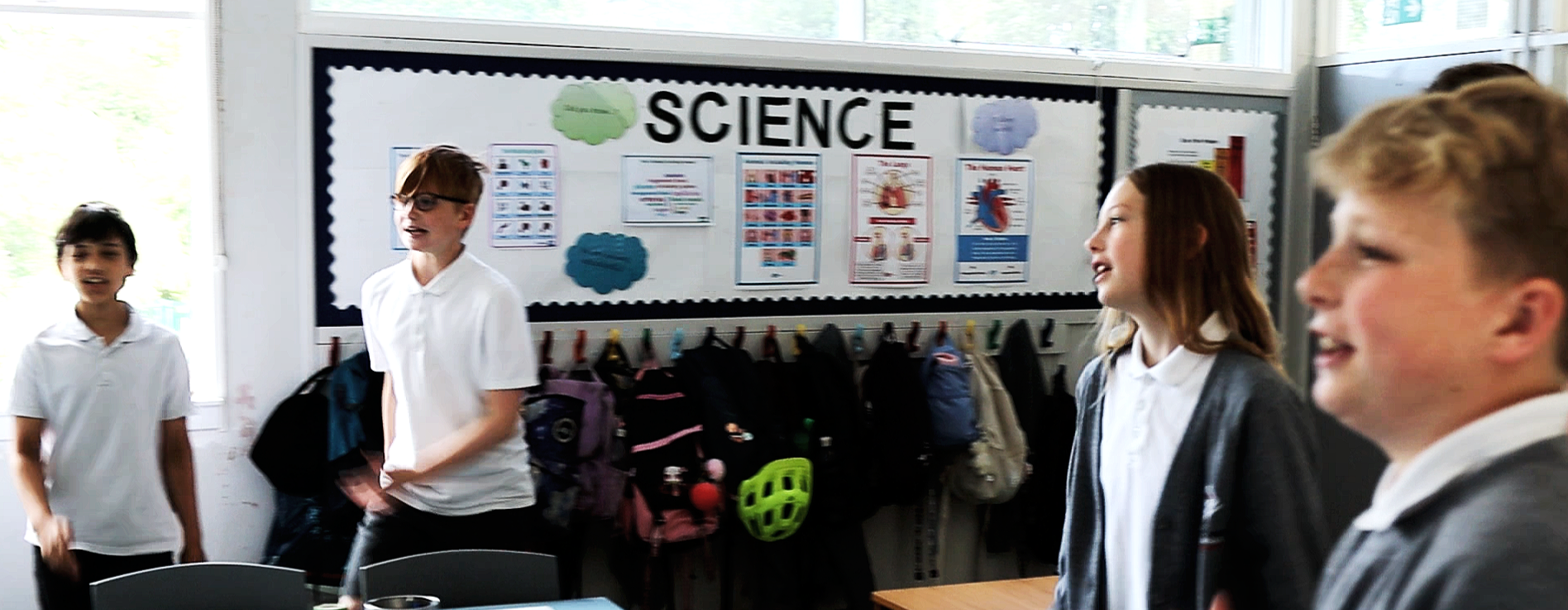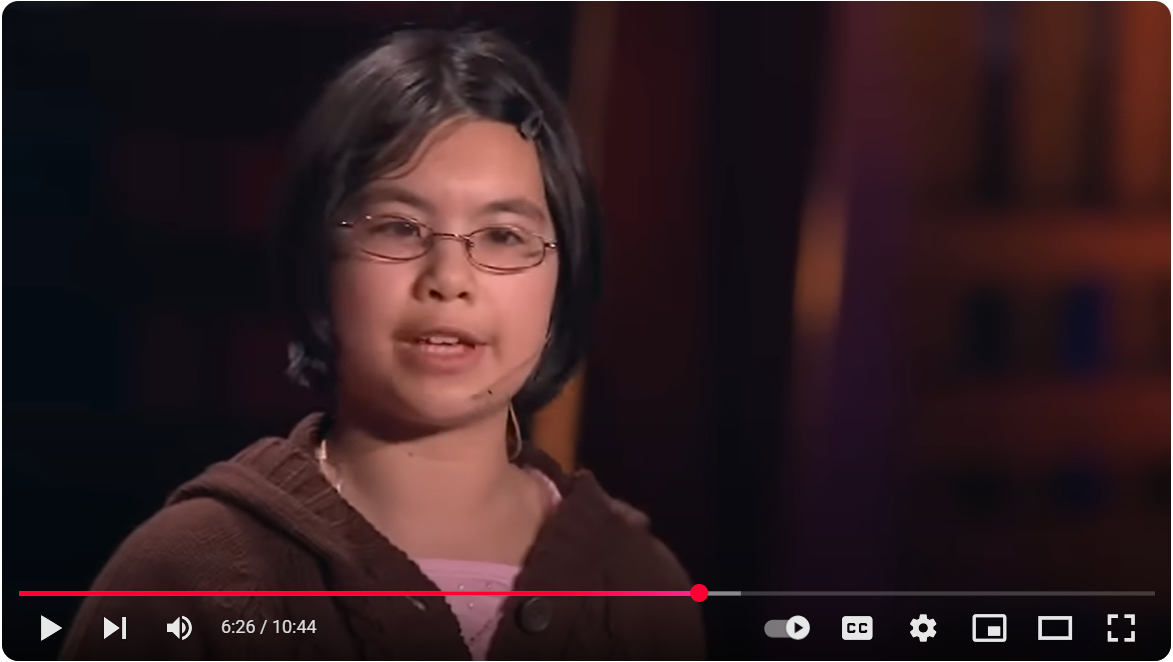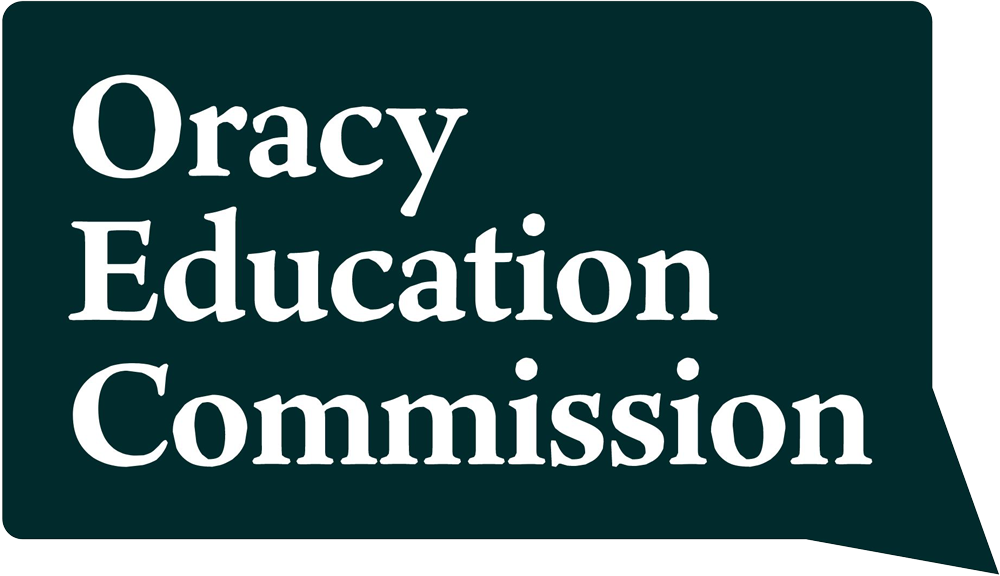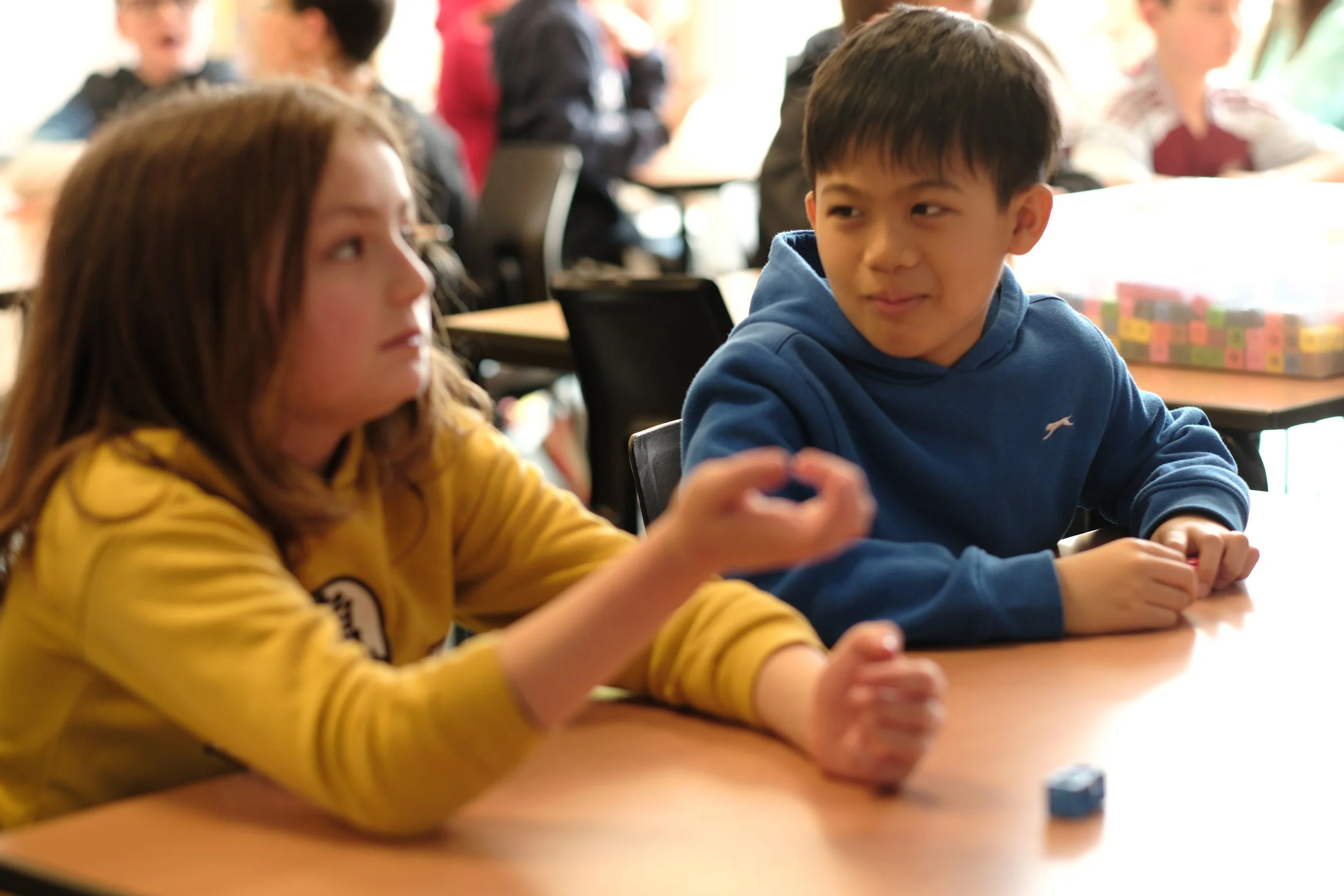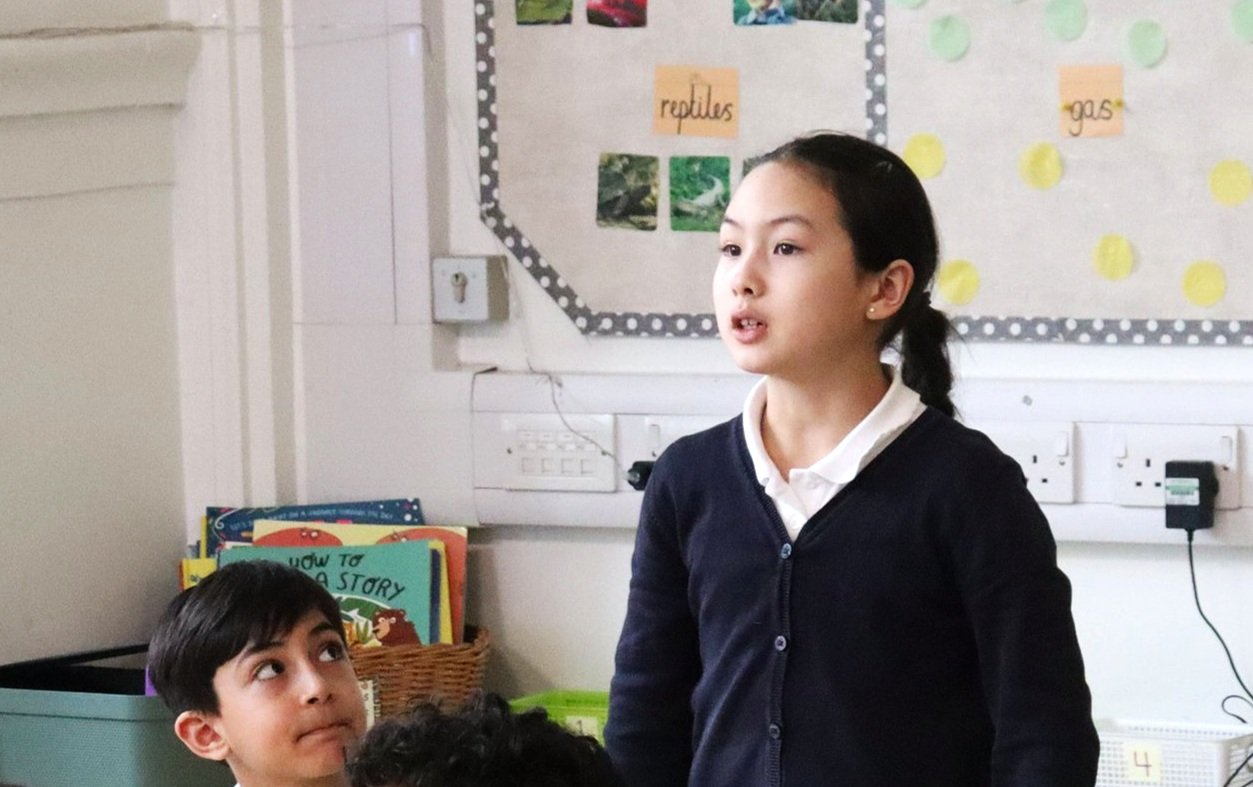Do you use ‘ping-pong’ with your students? If not, read on. Yesterday I visited a school and saw some very effective examples of it.
Reception

In Reception, the teacher gave a very short instruction: Ping-pong minibeasts! In a flash, the group of four and five-year-olds turned to face their partners and took turns to name minibeasts, like this:
Partner 1: Ladybird!
Partner 2: Bee!
Partner 1: Beetle!
Partner 2: Dragonfly!
And so on.
It was so simple yet so impressive – such a quick, easy way for those young learners to remember and practise names of minibeasts that they’d been learning. If, for a moment, they couldn’t think of another one, they could hear other pairs saying different examples.
Year 5
An hour or so later I was in Year 5 and after some explanation and modelling, the teacher instructed her class: Ping-pong sentences with relative clauses starting with character names from the book. Children immediately turned to their partners and started talking like this:
Partner 1: Martha, who was quite suspicious, rang the bell.
Partner 2: Mary, who was quite contrary, found the secret garden.
Partner 1: Mary, who is very moody, always tells the servants what to do.
And so on.
The aim was to practise using relative clauses orally, with support and challenge from their partner. I loved the way the teacher gave pupils enough time to each say plenty of examples. This collaborative, structured oral rehearsal meant that they were then all ready and confident to write a paragraph, intentionally overusing relative clauses to consolidate their learning.
This was learning though talk, in action.
Seasonal versions of some well-known oracy games
Learn how to embed excellent oracy practice – programme starts Fri 16 Jan
A great way to get students used to talking to different people
A structure which develops speaking and listening, and can be used across the curriculum
How one teacher raises accountability using a quick and simple technique
Collaboration is much more likely when pupils have to do a shared piece of work
Give students opportunities to say and apply new vocabulary
Recommended reading for teachers and everyone else too!
Would you rather spend most of your time indoors or outdoors? And more
Learners recall fiction, processes, explanations and more by listening and building on what others have said
How one teacher got everyone thinking, talking, listening and learning
Give pupils the skills and resilience to work with a diverse range of people
Talk prompts and sentence stems to help learners express different types of thinking
Help students to use the language of Maths


